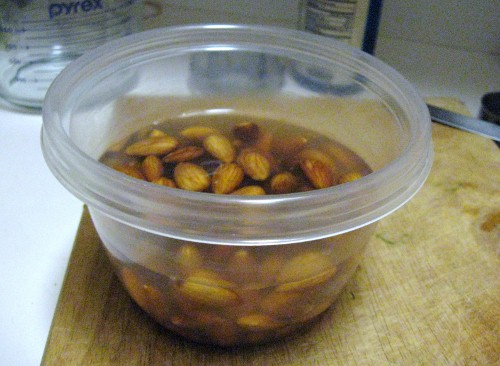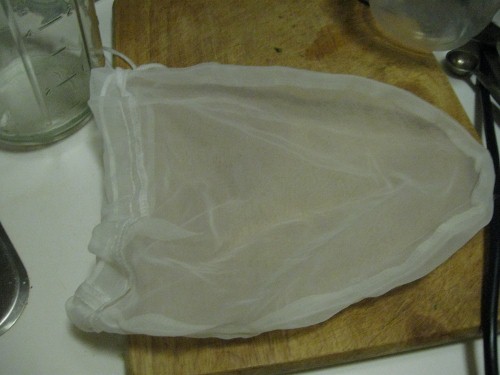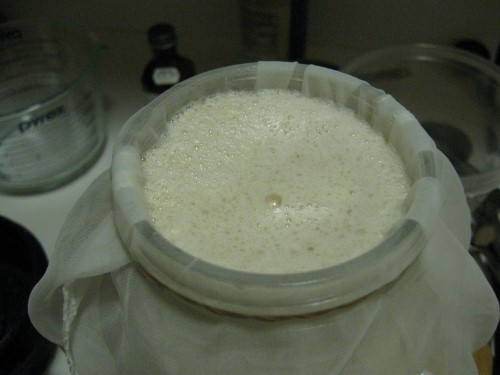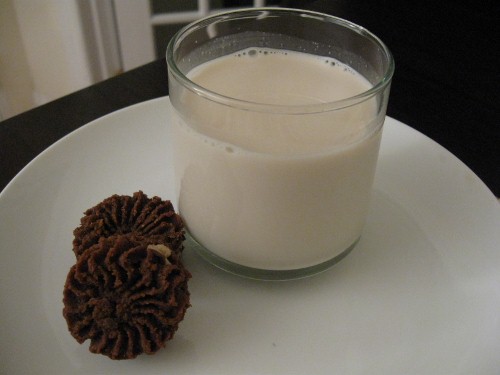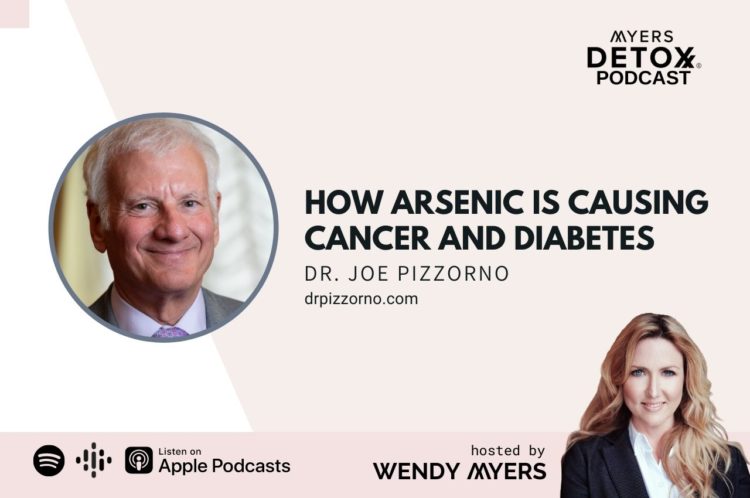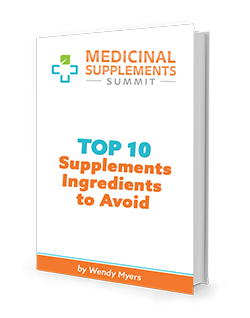Recipe: Homemade Nut Milk
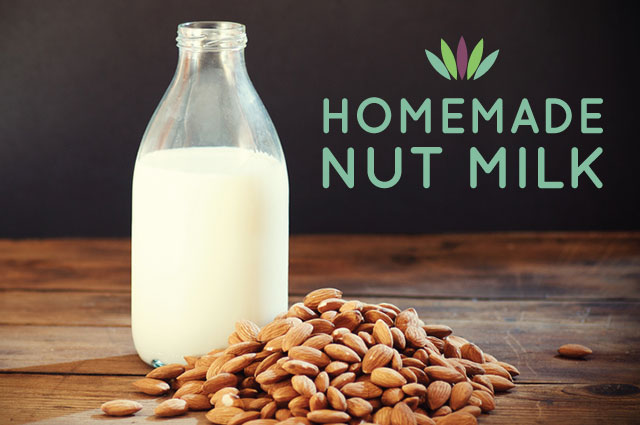
Nut milk is one of the easiest foods to make at home! There’s very little reason to buy store-bought nut milk. Most store-bought nut milks contain harmful additives like synthetic vitamins, sweeteners, inflammatory vegetable oils, homogenizing agents, etc. The delicate fats and oils in nut milk go rancid very quickly, causing inflammation. Make them fresh and enjoy them quickly! You’ll find that making a small effort to make nut milk equals a big investment in your health. You can adjust flavors, sweetness, and best of all, you can feel a sense of pride in having created your nut milk from scratch.
There are a number of decent brands of nut milk on the market. Blue Diamond almond milk, though it’s not organic, is a good value and a nice, sweet taste. Pacific makes a wonderful variety of nut milks (I like the vanilla almond flavor). The only problem with these brands is that they have lost a lot of the vitamins and minerals and enzymes in processing, contain synthetic vitamins, and carrageenan, an emulsifier that can cause intestinal distress, intestinal damage, and even cancer. Whole Foods brand of nut milks do not have carrageenan, but they do have synthetic vitamins.
I would avoid soy milk completely. Soy milk is not healthy. It is highly processed and contains aluminum. This processing makes the proteins unrecognizable to your body. Not to mention, it is estrogenic, negatively impacting your hormones. It also kills brain cells, particularly in the hippocampus, the region of the brain for learning and memory. Not really what I’m looking for in my morning cereal. And when there are such delicious things as hemp and almond milk in the world, why bother with soy milk? For more information on the dangers of soy, see my article Little Known Dangers of Soy.
Nut milk is heavenly. It’s sweet, mild, and gentle on the belly. It’s light enough to serve as a neutral base in smoothies and soups — unlike soy milk, which tends to have a distinctive aftertaste — yet pleasantly sweet. Best of all, it digests seamlessly — unlike dairy, which so many (especially those of you who are lactose intolerant) find difficult to stomach.
Ingredients and Equipment
- Almonds, cashews, hazelnuts, hemp seeds, macadamias, pecans, coconut meat, brown rice
- Water
- Sea Salt
- Sweeteners like raw organic honey, agave, dates, date sugar, xylitol, stevia, etc
- A blender
- Cheesecloth or nut milk bag
Recipes
Plain Nut Milk (yields 2-3 cups)
1 cup almonds, or other nuts, soaked 8-12 hours
4 cups water
6 dates or 1/4 cup agave or other sweetener to taste
Vanilla Nut Milk (yields 2-3 cups)
1 cup almonds, or other nuts, soaked 8-12 hours
4 cups water
6 dates or 1/4 cup agave or other sweetener to taste
1 tsp pure vanilla extract (or the contents of a vanilla bean)
Chocolate nut milk: To the recipe for vanilla almond milk, add 2 tbsp raw cacao nibs or unsweetened cocoa powder
Cinnamon milk: To the recipe for vanilla almond milk, add 1 tsp cinnamon and a dash of nutmeg
Chai milk: To the recipe for vanilla almond milk, add 1 tsp cinnamon, 1/2 teaspoon garam masala, and 1/4 tsp. nutmeg
Sugar-free vanilla milk: In place of the dates, add stevia to taste
Instructions
Begin by soaking your nuts in some water, if you can. Eight hours is ideal, but an hour is fine if that’s what you’ve got! Soaking sprouts the nuts, increasing vitamin content exponentially and makes the protein easier to digest. Hemp seeds do not require soaking.
Next, blend all ingredients for a minute on high in a blender or a VitaMix.
If you prefer a smooth texture, though, you’ll want to give it a strain. To do this, you’ll need a large container, and some cheesecloth. Or if you plan to make nut milk on a regular basis, go ahead and invest in a nut milk bag!
Nut milk bags are cheap, convenient, and can be used again and again (unlike cheesecloth) to strain nut milks and soups.
To use, simply place the nut milk bag or cheesecloth over the mouth of your container, leaving a generous overhang and allowing the strainer to droop about halfway down into the container. I used a large mason jar as my container. Or you can put it in a big mixing bowl for straining. To fasten the bag/cheesecloth in place, use a rubber band around the mouth of the container.
Next, pour all the almond milk into the container, so that it drips through the cheesecloth and into the container below.
Within forty-five minutes, all of the liquid will have been strained, and you’ll be left with nut.
You can use this for cookies, for nut pates, in smoothies, or simply as a nut-butter-like treat.
Meanwhile, you’ll have three or so cups of fresh, delicious nut milk, ready to enjoy in smoothies, in soups, or plain! It should last about 2-3 days in the fridge. I’ve seen it last longer — if it tastes at all sour to you, you’ll know its time has come. The delicate fats and oils in nut milk go rancid very quickly, causing inflammation. Make them fresh and enjoy them quickly!
Tonight, I opted for a classic treat.
Stop dropping money on store-bought nut milks, and get blending! Once you experience the joy of homemade almond (and other nut) milks, you’ll never want to go back.
Why drink nut milk?
Conventional cow’s milk contains a lot of nasty stuff: hormones, antibiotics, synthetic vitamins, blood, and pus, not to mention the pesticide-ridden GMO, genetically modified, corn and soy fed to the cows. Factory-farmed cows are given growth hormone to increase their milk production. Most are pregnant while they are being milked so they naturally produce a higher level of estrogen and other hormones in their bodies that turns up in the milk.
Because the conditions are so filthy and crowded at factory farms, the cows are routinely given antibiotics, which contribute to human antibiotic resistance. This is the main reason you are seeing an epidemic of antibiotic resistant bacteria.
Cow’s milk contains synthetic vitamins (Vitamin D) that are added to the milk as a marketing technique. Consumers think it’s healthier. Raw milk has vitamin D, but this is destroyed from pasteurization. Synthetic vitamins have been shown to lower immunity. Since the cows are mercilessly milked nonstop many cows develop mastitis, an infection of their udders, adding blood and pus to the milk. Yum!
On top of all this, the cows are fed GMO, genetically modified, corn and soy that are laden with pesticides. GMO foods fed to animals are shown to lower immunity, cause fertility problems, sterility, and they even die. In addition, the milk is pasteurized, which kills all the healthy vitamins and enzymes. The milk is also homogenized to keep if from separating. This changes the nature of the fats into fats that are not healthy for you. You want your fats unadulterated by homogenization and pasteurization if you’re going to drink it.
Organic cow’s milk is better, but it still contains synthetic vitamin D, high hormones from pregnant cows, and lactose which most people find difficult to digest. If milk is organic it cannot be fed GMO feed, must have some time outside, and must be free of synthetic growth hormones and antibiotics.
Fifty percent of people have an intolerance to dairy. Many do better with sheep and goat dairy than with cow dairy. Some can only handle fermented dairy. Many people that are allergic or intolerant of milk can find they can handle raw milk. Raw milk products can be found at farmer’s markets, your local dairy farmer, or in health food stores. However, it may be best to avoid dairy altogether for optimum health. It depends on your individual biological make up. You have to try it and see if it works for you personally.
Grass fed raw milk is best. Many who can’t tolerate milk can eat raw, organic fermented and cultured dairy products like yogurt, sour cream, and butter. You just have to find what works for you. Fermented organic, raw dairy provides beneficial probiotics and fat-soluble vitamins. You can sterilize any raw milk product by using a few drops of 35% food grade hydrogen peroxide though this is not necessary.
It’s easier to just drink nut milk!
Do you have a question about how to make nut milk? Anything I left out? Have a story about nut milk? I want to know! Tell me by leaving a comment below.

